Vermeer Audio TWO
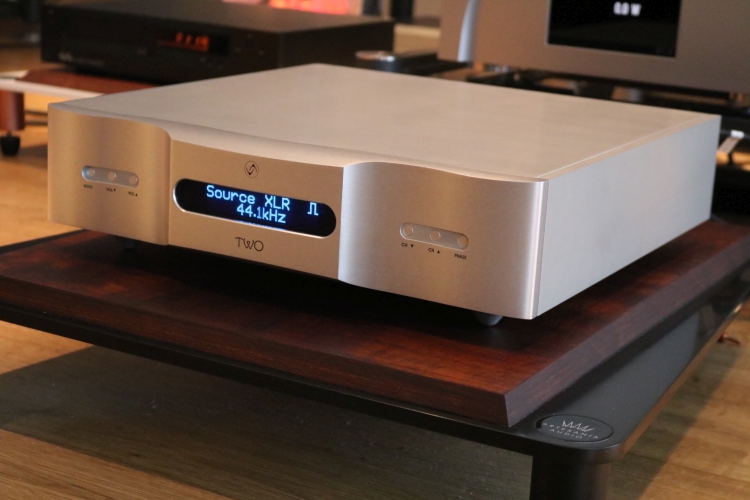
The next day
After having been switched on for 16+ hours and having switched back to the C1 the next day, my initial observation that the Swiss unit is more neutral remains, but I must admit that this time around, the difference in terms of bass robustness is not exactly earth-shattering. I have the feeling that there might be a long-term effect, maybe of stabilization, wherein the TWO gains solidity and robustness.
Having listened to the TWO these two sessions I am now thrown off a bit as to which DAC I prefer. The Swiss remains the most linear and most neutral but compared to the TWO it lacks a bit of vibrancy, seeming to be more “matter of fact”. Of course, this is one of the typical differences between a tube amp and a transistor amp but as mentioned before, it is rare for me to hear a tube preamp with these advantages, without the usual disadvantages. Having grown accustomed to the TWO’s charming presentation, the C1 is now comparatively a little dry, and rather than having to get into the TWO’s sound, it takes some time for me to settle back into the C1’s sound. The C1 does still sound more impactful and incisive as well as slightly crisper in the midrange and therefore it appears slightly more energetic overall but this is not to say that the TWO lacks vitality. It’s actually highly dynamic and there is never a sense of restraint in any way.
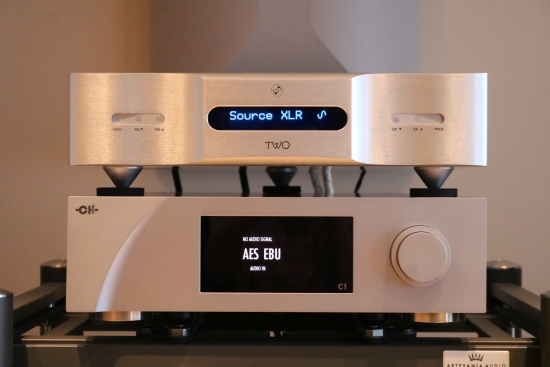
Ultimately, my preference for one or the other ties in with the kind of music that is played. As the C1 sounds more concrete and immediate, I tend to prefer it for electronic music and R&B where it best brings out the sense of incisive energy and rhythm. In turn, the TWO’s harmonically richer and more captivating delivery yields the best results with soul, classical, and acoustic instruments in general.
Besides DAC topology and other aspects of the Vermeer’s design that influence these aspects, we are, of course, also comparing the C1, a DAC with digital volume control versus the TWO, a DAC with an analog tube preamp on board. And actually, that being the case, I must note that for the Vermeer to come this close to the C1’s superlative transparency in spite of its signal passing through the pre-amplifier, input selection, and volume control stages, something extraordinary must be going on.
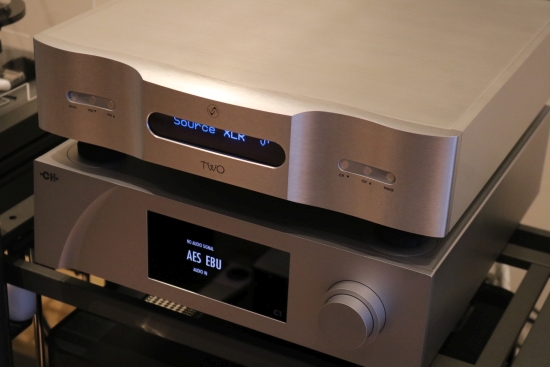
Listening – USB
So far, I’ve only used the TWO’s AES/EBU input and although I have lately stepped away from USB in favor of AES/EBU or Ethernet, USB remains one of the most popular formats, and so, it deserves assessment.
But before diving into my listening experiences, I want to mention that I was a long-time USB enthusiast until I obtained equipment that could accept an Ethernet input. When done right, direct streaming can lead to superb results. Later, after obtaining a server that outputs AES/EBU as well as all the other formats, I got a growing suspicion that this connection provides a more robust and more predictable outcome than USB and further comparisons with other servers, streamers and CD transports also point in that direction.
It’s also important to note that there are also marked differences in sound among the various USB cable brands as well as the USB interface itself. There are a couple of frequently-used chipsets of which the most well-known is probably XMOS. I found that the measure of success of a USB connection depends on the way that the interfaces on both ends work together. Some combinations are synergetic, others not so much, and some combinations can even cause issues. According to the manual, the TWO’s Asynchronous-mode USB input has been specially designed by Vermeer Audio.
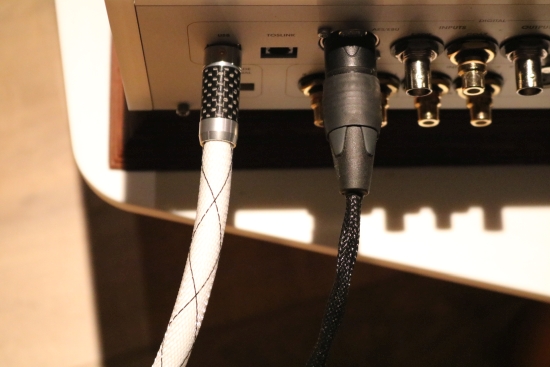
Going from the Jorma AES cable to the Vermouth Reference USB cable, the cable that sounds closest to the Jorma in terms of robustness, the USB connection sounds similarly solid, similarly-paced and just as detailed. It does, however, lose a bit of airiness and the music flows less freely than it does with the AES connection. Although refined and technically entirely correct, the sound via USB is comparatively more static. I’m probably exaggerating a little bit, but after having listened via AES/EBU these two days, the USB connection makes for a comparatively less emotionally engaging performance. But before jumping to conclusions, let’s see how my other favorite USB cable performs.
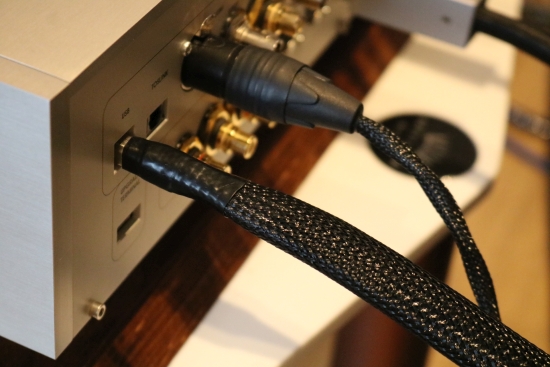
Going to the Final Touch Audio Callisto, this cable’s lush and airy character is closer to what the Jorma AES/EBU connection sounds like, in terms of refinement. It’s also less static, but a portion of the Vermouth’s robustness is now missing and, compared to the AES connection, some of the overall magic remains missing.
I tried a couple of other USB cables but this did not lead to better results than described above. While the USB connection sounds technically fine, it seems as if the interface imposes a kind of restraint on the musical flow. I’m not referring to a certain smoothness or warmth that is missing from a format that is technically supposed to be superior. It’s simply a limitation of the “breathing” aspect that occurs naturally in music. Along with this, comes a sense of spatial compression and a freedom-limiting metronomic aspect. It’s not about fast or slow pacing or of the overall speed but about variation. It’s almost as if the USB format slightly inhibits rhythmic expression.
When USB is used, I have the feeling of listening to a very high-quality recording played back on very high-quality digital equipment. Nothing wrong with this. But with AES/EBU, the TWO’s performance is further raised, past suspension of disbelief, to trick me into believing that I am listening to the actual real event.
To be fair, though, this has been the case with every DAC that I tried this with, the Aqua Formula xHD and the CH C1 included, hence my preference for AES/EBU and, indeed, Ethernet and the latter is what I use mostly with the C1.
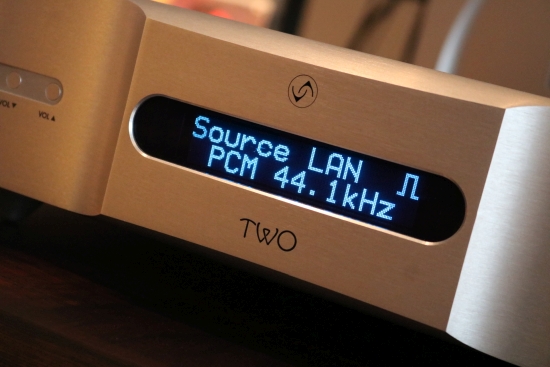
Listening – UPnP
Although I started with AES/EBU, I already mentioned my preference for Ethernet with the C1 DAC. However, I should note that not only are there marked differences among USB implementations, but the same is also true for network renderers, network players, or simply streamers, as they are most commonly referred to. This is why I started with the most robust format. But now it is time to find out how the TWO performs as a network player.
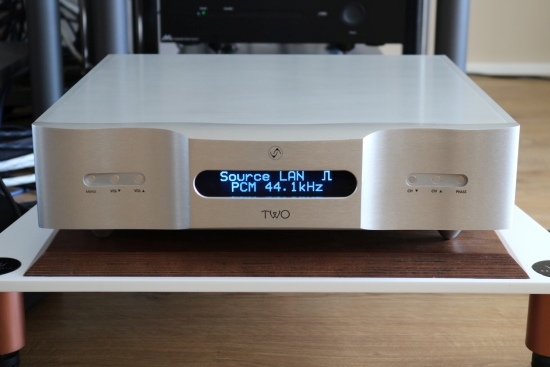
As mentioned, RoonReady is on the agenda but pending final touches. For now, the TWO’s network input can only be used with UPnP. After connecting the unit while already powered up, the TWO immediately appears as an endpoint in jRiver Media Center – no fiddling or setup required. When using jRiver Media Center, one can use the excellent jPlay app for iPad. But besides jRiver there are countless other solutions that support UPnP and because the format truly is universal (anything UPnP will talk to anything UPnP), there is no shortage of remote control applications.
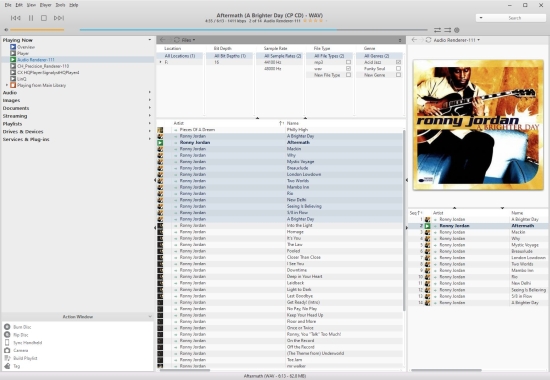
Vermeer TWO identified as Audio Renderer-111 in jRiver Media Center. After my review, the software was updated by Vermeer for successive units to show “Vermeer” instead.
With the C1, Ethernet sounds a little different from AES/EBU. That’s normal for any DAC and the same is true for the Vermeer TWO. What’s unexpected, however, is that the TWO sounds absolutely fantastic via UPnP, better, even than via a direct AES/EBU connection. It’s got all the positive attributes of that connection along with an even more free-flowing delivery.
To put this into perspective, my reference streaming endpoint is the Aqua LinQ. When used as an endpoint (either HQPlayer, UPnP, or Roon), this device provides an even tighter and more articulate sound when connected via its AES/EBU output to the C1 than when streaming to the C1’s ethernet input directly. This is not necessarily a measure of superiority because the end result will always also tie in with user preference and system synergy but the difference is there. When doing the same with the TWO, the LinQ’s output is slightly crisper still, but it’s really only by a small margin. Only in the bass, I can hear a very slight rounding and slightly less articulation, but otherwise, the TWO sounds every bit as refined, open, and focused. Given the LinQ’s dedicated functionality and proprietary ethernet switch, this is quite remarkable.
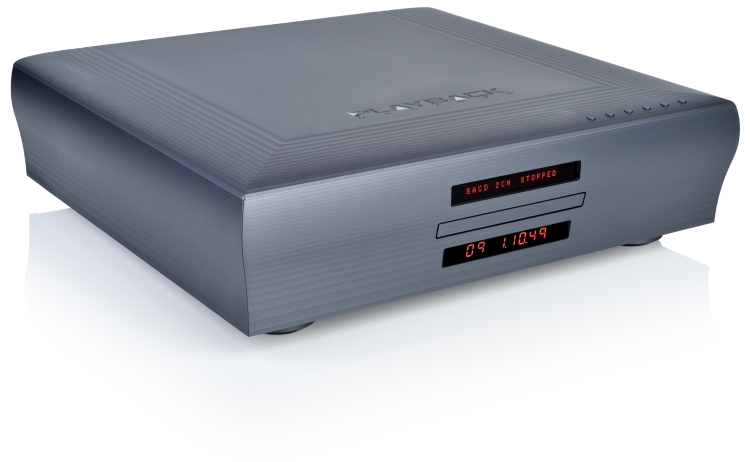

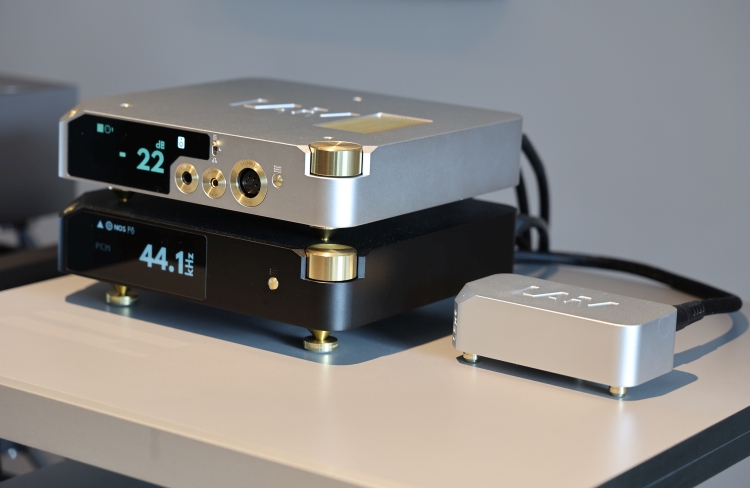





Very, very detailed and interesting review!
One of the very few that are focused on the very important issue of digital inputs.
(USB, Ethernet and analog)
I am exactly convinced (as I understand from your excellent writing) that the digital architecture of an “all in one” device, when built and studied at the highest level, leads to results above (almost) everything and not only because the “old dogma” (less is more) remains a dogma. Cables, connectors and above all the generation of “Clock” (and jitter) could mean something when in fact, they can (almost) not be around anymore.
Recently I asked some questions to TOP manufacturers like “MSB” and “Bricasti Design” and “Simaudio-Moon” about it but for now the answer has been “generic” (even when buying a MSB DAC you have the possibility to buy “optional modules”: streamer or USB plus? ) and is summed up with … “Ethernet is better”.
Thanks, Luca.
Hi Luca,
The trouble is that the success of any interface input is reliant on the quality of the interface output on the other end, and vice versa. I think this is where much of the controversy on the subject stems from, and also, why many manufacturers just decide to offer all of them in an effort to bet on all horses. Ethernet has some inherent advantages for which one could consider it the best protocol but there is still variance. In spite of the specs as well as popular thinking, it seems that this kind of connection is also not immune to noise and other parasitic influences. Otherwise, why do audiophile switches and ethernet cables have an audible effect?
USB and AES/EBU or S/PDIF have their own inherent benefits as well as potential issues, and so, depending on the circumstances, people can prefer Ethernet or any other format. I always advise to try your options and simply stick with what works best!
Christiaan, I totally agree with you;
we must always try in our system the “effect” of inserting a new device including obviously “how it is connected”.
Investigating more in depth, however – with the same “quality of design and so on” – could one “way” rather than “another way” be better anyway?
I mean: from your excellent test, in the system you used, you had clear “preferences” and, all the designers I spoke to -by email- tell me that Ethernet is “preferable” anyway, as you wrote more or less and, it does not seem a coincidence.
Where do I want to go?
Perhaps that “less is more” where a Steamer / DAC architecture in a single frame …
Greetings and great listening!
Hi Luca, for me, both Ethernet and AES/EBU lead to the most consistent results. I do ultimately prefer AES/EBU but in this case, Ethernet worked beautifully, partially indeed thanks to the well-integrated streamer component. Less is more is not sacred but in terms of cost/performance, you can’t beat an all-in-one, especially when the streamer and DAC are well-interfaced and well-implemented.
It’ok. Almost obvious.
I was referring to the USB connection anyway.
(However more “difficult” to “treat”)
Bye.
Indeed, you asked about USB versus Streaming in relation to the MSB DAC and asked me what my preference is. From my personal experiences, I prefer AES/EBU and Ethernet over USB. Most of the time, USB leads to a presentation that I feel sounds more mechanical and less involving than the other two. A more thorough description can be read in the Antipodes K50 and Aqua LinQ reviews.
Yeah. 😉
Did I read understand that right that the tubes are soldered directly to the board??? This isnt a cheap preamp and for a basic tube change I would have to take it to a qualified tech or at least someone that can solder. You should try an Innuos Phoenix USB interface, it seriously will make you rethink USB…I use a Phoenix with excellent results. Great reviews by the way.
They are soldered indeed… but they have an incredibly long lifetime. And they are not like normal tubes, these ones are miniature and they have long, flexible legs, like those on LEDs or through-hole Capacitors. So if they need to be replaced, it’s not difficult, provided they are still in stock. Innuos Phoenix USB interface, noted!